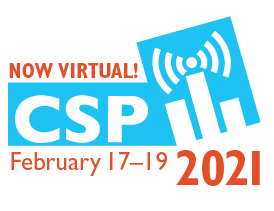All Times ET
Virtual
More Data More Problems: R Shiny to the Rescue in Interpreting a Large-Scale Transcriptome-Wide Association Study (304196)
Yun Li, Departments of Biostatistics, Genetics, Computer Science, University of North Carolina - Chapel HillLaura Raffield, Department of Genetics, University of North Carolina - Chapel Hill
*Amanda Lucille Tapia, Department of Biostatistics, University of North Carolina - Chapel Hill
Keywords: TWAS, R Shiny, interactive data visualization, genetics
Transcriptome-wide association studies (TWAS) relate predicted gene expression to traits of interest and can help us understand biological mechanisms underlying associations identified in other genetic studies. Yet, interpreting TWAS results can be challenging, particularly in large-scale analyses with hundreds of statistically significant signals across the genome. Differentiating between causal and spurious signals and including relevant results from other studies and gene expression reference panels are key components in results-interpretation. We created an R Shiny application to interactively visualize TWAS results by integrating them with detailed data from multiple sources, one genomic locus at a time. Although TWAS signals are often assumed to highlight the causal gene at a locus, the app emphasizes the challenges in accepting TWAS signals as causal, especially at complex loci with multiple significant genes, or where genes are poorly predicted by a reference panel. Thus, our app aids in TWAS results interpretation and can be extended to include other ‘omics data. R Shiny is an excellent tool for presenting results in a broadly approachable, interactive, and visual format.
